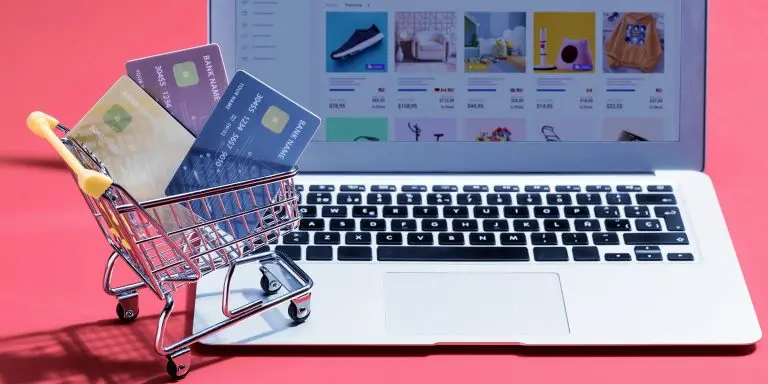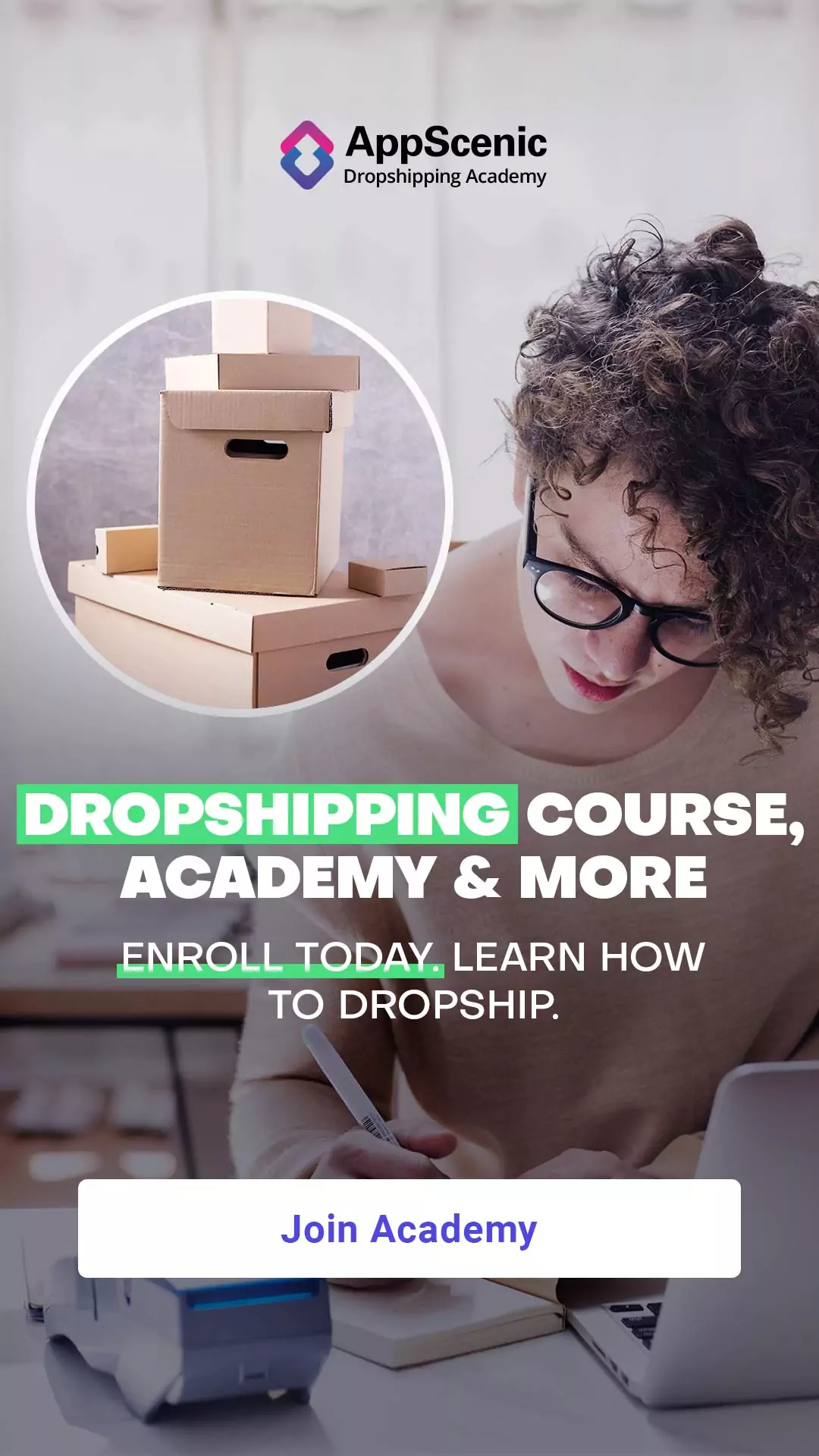Social media is the heartbeat of modern marketing, and for dropshipping businesses, it’s an absolute game-changer. With billions of active users across platforms, social media gives you access to your target audience like never before.
But here’s the catch: simple posts and random updates won’t cut it anymore. To truly succeed, you need advanced strategies tailored for engagement, growth, and conversions. Ready to take your social media game to the next level? Read on.
Table of Contents
Why social media matters for dropshipping
Social media is more than just a tool for brand visibility; it’s where customer relationships are built. For dropshippers, it’s an ideal space to showcase products, build trust, and drive traffic to your store.
Platforms like Instagram, TikTok, Facebook, and Pinterest allow you to display product features, share user-generated content, and even enable direct purchases through integrated shopping features.
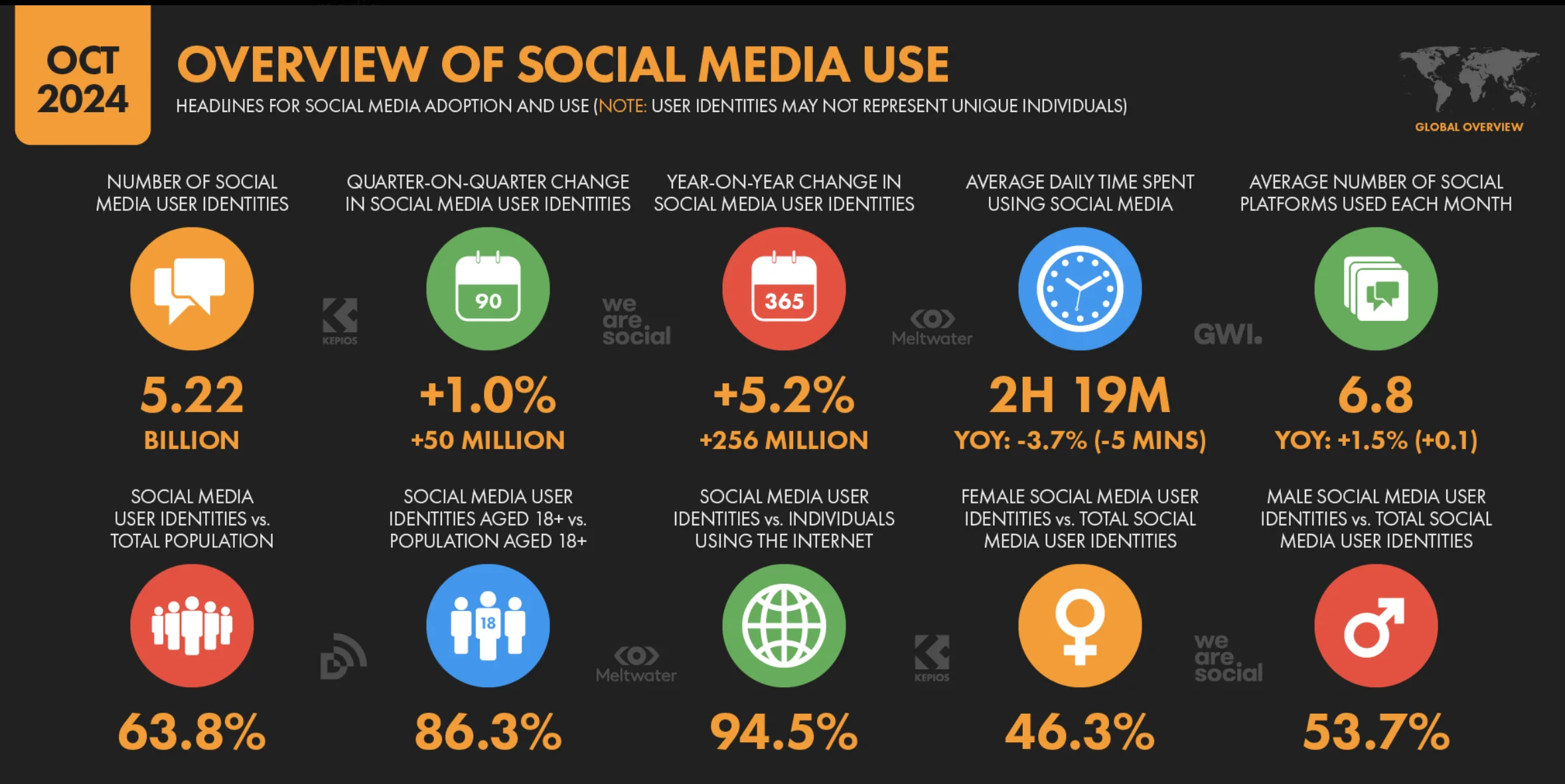
Here are a few quick stats to show how important it is to use social media in dropshipping:
- Over 5.22 billion people use social media worldwide as of October 2024.
- 54% of users research products on social media before buying and 71% are more likely to purchase products and services based on social media referrals.
- Videos on platforms like Instagram and TikTok generate 1200% more shares than text and image content combined.
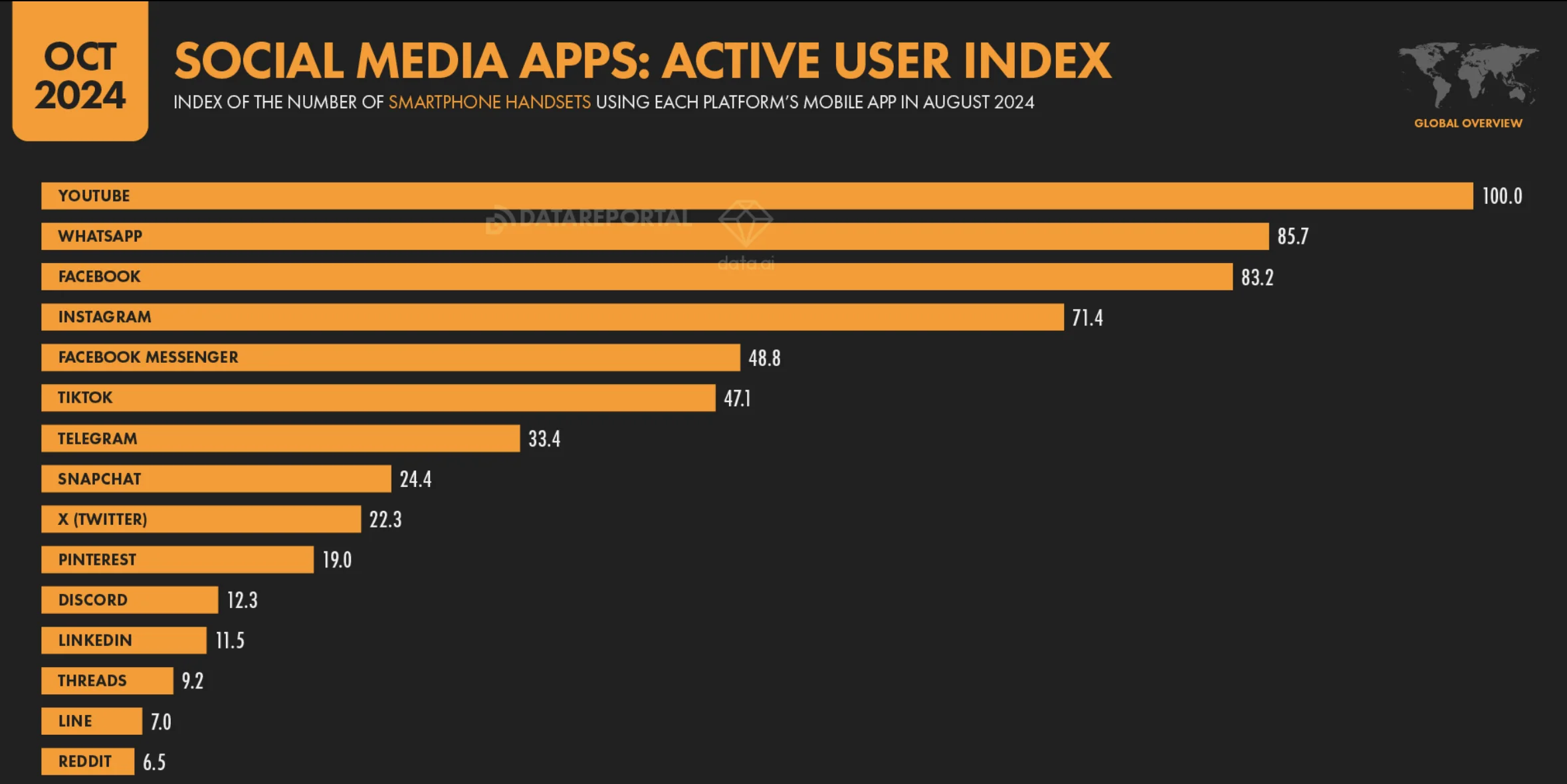
These numbers are hard to ignore, but leveraging social media effectively requires a great strategy. So, let’s explore the advanced tactics that can set your dropshipping store apart.
1. Create platform-specific content
As you might know, each social media platform comes with its unique vibe and audience. So, make sure you tailor your content to each channel to ensure better engagement and relevance.
Here are some ideas on how to do this:
- Instagram & TikTok: These are visual platforms that demand stunning images and short, captivating videos. Highlight your products in action, create how-to guides, or share behind-the-scenes content.
- Facebook: Ideal for building communities through Groups. Share longer-form content like testimonials, blog posts, or live streams.
- YouTube: Perfect for showcasing product videos and tutorials to a vast audience. Create in-depth reviews, unboxings, or step-by-step guides to engage and educate potential customers.
- Pinterest: Perfect for evergreen, visually appealing content. Use it for product showcases, tutorials, or aesthetic boards related to your niche.
- X (formerly Twitter): Keep it short and conversational. Engage with trending topics, share updates, and connect with influencers in your niche.
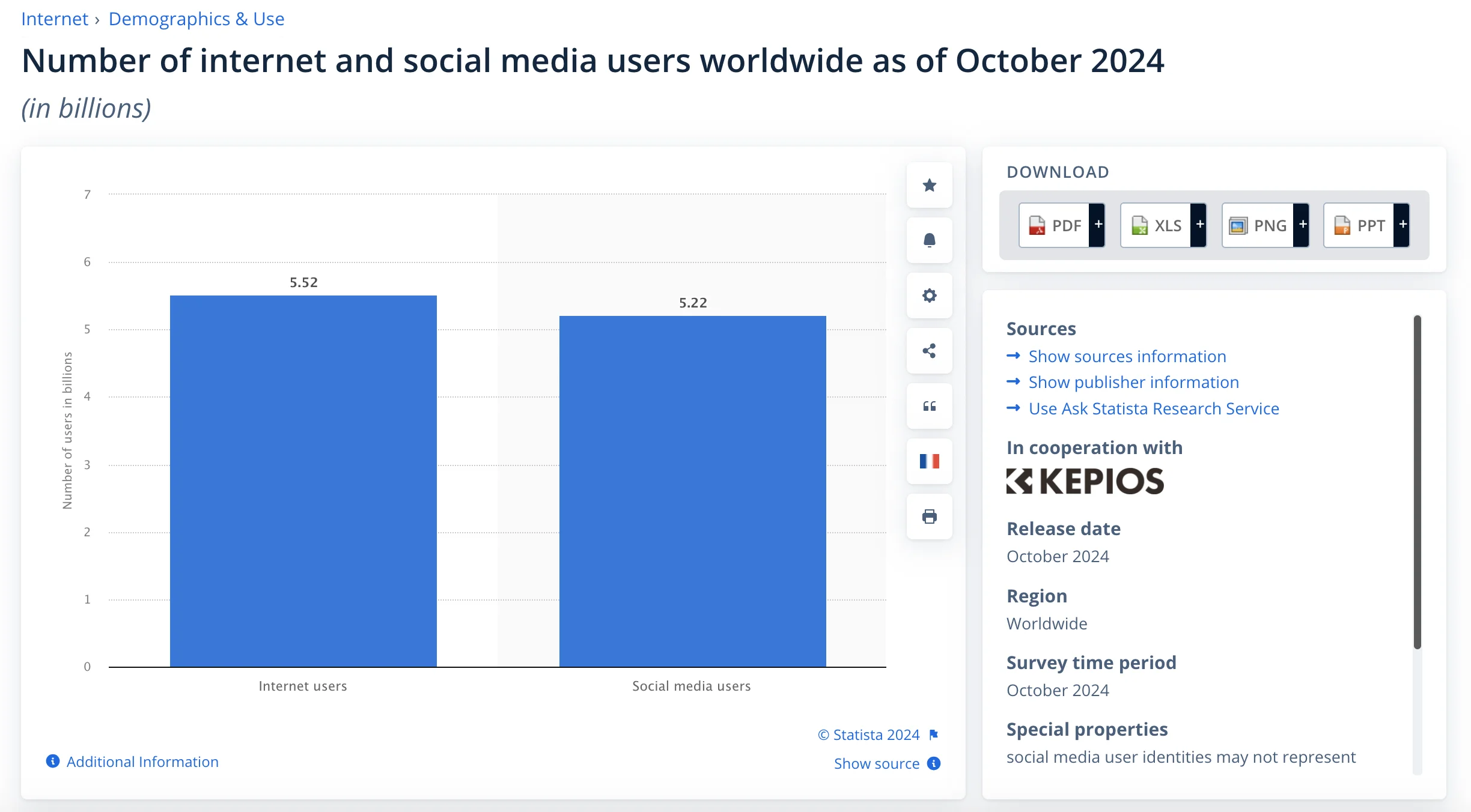
Read more: How to Run Ecommerce Social Media Campaigns Effectively
2. Leverage user-generated content (UGC)
Why spend hours creating content when your customers can do it for you? UGC is authentic, relatable, and often more persuasive than polished ads. Also, user-generated content can significantly boost your SEO efforts. Google is actually favoring more and more ecommerce and user-generated content.
How to get UGC:
- Encourage customers to share photos or videos of them using your product.
- Run contests or giveaways that require participants to post about your brand.
- Share reviews, testimonials, and shoutouts from satisfied customers.
For example, a customer tagging your product on Instagram with a glowing review can do wonders for your credibility. Short testimonial videos that capture genuine reactions work especially well for building social proof.
And if UGC isn’t available for you, you can also team up with micro-influencers or even offer discounts to customers who share videos of their purchases.
3. Incorporate influencer marketing
Collaborating with influencers is a tried-and-tested strategy, but here’s how to make it work on an advanced level:
- Micro and nano influencers: These influencers (1,000–50,000 followers) often have higher engagement rates and more niche audiences.
- Affiliate partnerships: Offer influencers a commission for every sale they generate. This incentivizes them to promote your brand more actively.
- Exclusive campaigns: Create limited-edition products or offers exclusively for an influencer’s audience.
Pro Tip: Platforms like TikTok are particularly effective for influencer collaborations. The authentic and engaging style of TikTok influencers aligns perfectly with the casual, relatable appeal of dropshipping.
Read more: How to leverage influencers in dropshipping
4. Run targeted ad campaigns
Paid social media advertising is essential for scaling your dropshipping business. Advanced ad targeting ensures your budget is spent reaching the right people.
Ad types that work best:
- Dynamic product ads: These ads automatically showcase products users are most likely to buy based on their browsing history.
- Retargeting ads: Target users who visited your site but didn’t convert. Remind them of the product they left behind with enticing offers or testimonials.
- Story ads: Platforms like Instagram and Facebook Stories are great for quick, attention-grabbing promotions.

Pro Tip: Use A/B testing to refine your ads. Experiment with different visuals, copy, and CTAs to see what resonates best with your audience.
And, remember, Facebook works best for ads of low-ticket products in the $10-100 range, Google Ads works best for medium to high-ticket items above $100, and TikTok is the fastest-growing advertising platform for the dropshipping business model.
Read more: Mastering Facebook and TikTok Advertising for Advanced Dropshippers
5. Embrace video content
Video content is king—plain and simple. People love to watch rather than read, and platforms like TikTok and Instagram Reels are perfect for short, engaging videos. Also, in case you needed more reasons to start creating video content, it seems that 82% of customers say they’ve been convinced to buy a product by watching a video.
Types of videos to try on social media:
- Product demonstrations: Show your product in action. Highlight unique features and benefits.
- How-to videos: Educate your audience on how to use your products or incorporate them into their lives.
- Unboxing videos: These create excitement and trust, especially when shared by influencers or real customers.
- Behind-the-scenes: Give your audience a sneak peek into your process, whether it’s packing orders or designing your website.
Read more: Utilizing Video Marketing in Dropshipping: Tips and Tricks
6. Engage in social listening
Social listening means monitoring what people are saying about your brand, products, or industry online. This gives you invaluable insights into customer sentiment.
A few tools you can use:
- Hootsuite: Tracks brand mentions across platforms.
- BuzzSumo: Finds trending topics and content related to your niche.
- Google Alerts: Keeps you informed about mentions of your brand or competitors.
Actively respond to customer feedback, both positive and negative. Showing you care builds trust and loyalty.
7. Build community with Facebook Groups
Facebook Groups are a goldmine for dropshippers. Unlike regular pages, Groups foster a sense of community where members engage more frequently.
How to create a successful group:
- Focus on your niche rather than your brand. For example, a group titled “Eco-Friendly Living” will attract more members than “My Store’s Products.”
- Share tips, tutorials, and exclusive deals.
- Encourage members to post their experiences or ask questions.
Over time, a thriving community can become an organic source of traffic and conversions.
8. Optimize your social profiles
Your social media profiles are often the first touchpoint for potential customers. Make them count and keep them updated.
Checklist for optimization:
- Use a professional logo or high-quality image as your profile picture.
- Write a compelling bio that explains who you are and what you offer. Include a link to your store or a specific landing page.
- Highlight testimonials, UGC, or promotions in pinned posts or Stories.

9. Analyze and adjust
Social media isn’t a set-it-and-forget-it strategy. Regular analysis ensures you’re getting the best results from your efforts.
Key metrics to track:
- Engagement rate: Likes, shares, comments, and saves.
- Traffic: How many visitors are coming to your site via social media.
- Conversions: The number of purchases made through social media referrals.
- ROI: The revenue generated compared to your ad spend.
Use tools like Google Analytics, Facebook Insights, or third-party apps like Sprout Social to gather and interpret data.
Pro Tip: If you’re running ads, make sure you keep an eye on important metrics such as click-through rate (CTR), conversion rate, return on ad spend (ROAS), and cost per acquisition (CPA). These metrics give you valuable insights into how well your ads are performing.
10. Stay ahead with trends
Social media trends are always evolving. Staying ahead of the curve ensures your dropshipping business remains relevant.
Trends to watch in 2025:
- Short-form videos: TikTok, Instagram Reels, and YouTube Shorts continue to dominate. Make sure to collaborate with influencers in your niche and reach even more people.
- Reddit advertising: Reddit has rapidly become a powerful tool for advertising, especially after its partnership with Google in early 2024. Find communities that align with your niche. For example, if you’re selling fitness gear, subreddits like r/Fitness or r/BodyweightFitness are ideal.
- Shoppable posts: Make it easy for users to purchase directly from your social media posts.
Pro Tip: Make sure you follow social media blogs or websites, such as SocialMediaToday, Hootsuite Blog or Buffer Blog, to stay up to date with the latest news and trends in social media marketing.
Conclusion
Yes, social media is a must for dropshippers, but you will need to first master it as every social media platform, be it Facebook or TikTok, requires more than just posting pretty pictures or videos.
So, by incorporating some or all of these advanced strategies—platform-specific content, influencer collaborations, and targeted ads—you can stand out and have a better chance at succeeding in the highly competitive world of ecommerce.
Remember, consistency and adaptability are key. So, are you ready to turn your social media into a conversion machine? Let’s get started!




